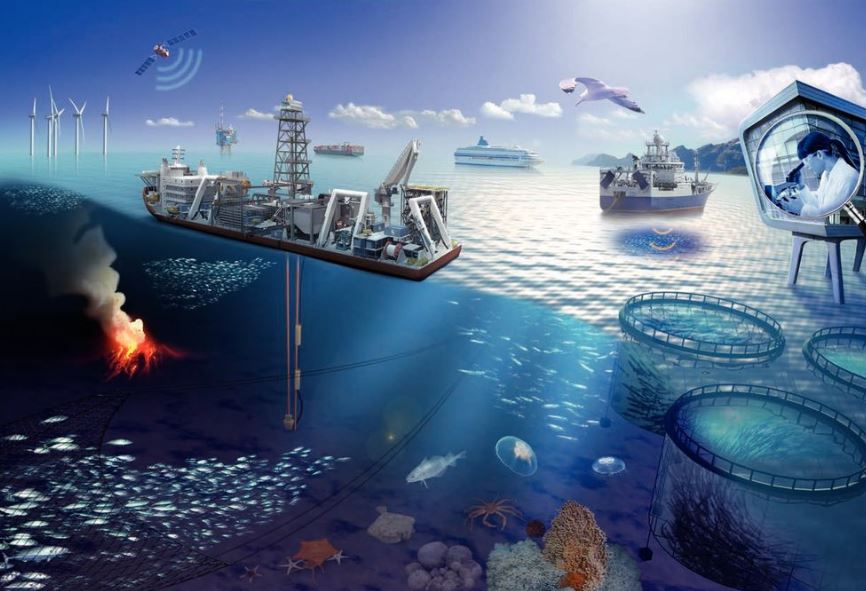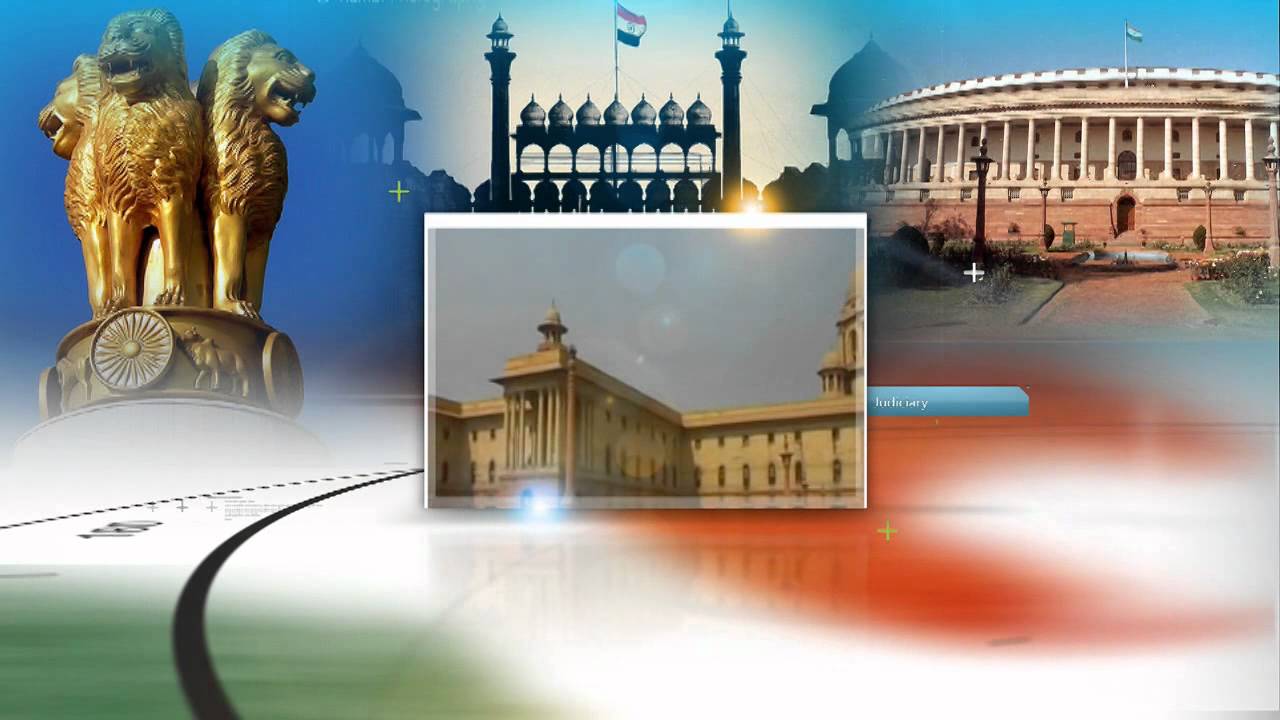Font size:
Print
Sagarmala Programme
Introduction
- Launched in March 2015, the Sagarmala Programme is the flagship initiative of the Ministry of Ports, Shipping, and Waterways to revolutionise India’s maritime sector.
- India has a 7,500 km coastline, 14,500 km of potentially navigable waterways, and is strategically positioned on key global trade routes, offering significant port-led economic growth potential.
- The programme aims to streamline logistics, reduce costs, and enhance international trade competitiveness by shifting towards efficient coastal and waterway networks.
- Focuses on port modernisation, industrial growth, job creation, and sustainable coastal development while ensuring minimal infrastructure investment with maximum economic impact.
- A key pillar of the Maritime Amrit Kaal Vision 2047 (MAKV), which aims to make India a global leader in maritime affairs by 2047. MAKV builds on Maritime India Vision 2030, setting ambitious targets:
- 4 million GRT shipbuilding capacity
- 10 billion metric tons of port handling annually
- Positioning India among the top five shipbuilding nations by 2047
- Formulated through 150+ stakeholder consultations and benchmarking against 50 global standards, MAKV outlines 300+ strategic initiatives to:
- Develop world-class ports
- Expand coastal and inland waterways
- Promote a sustainable Blue Economy
Objectives
- Port Modernisation & New Port Development
- Port Connectivity Enhancement
- Port-Led Industrialisation
- Coastal Community Development
- Coastal Shipping & Inland Waterways Transport
Current Status of the Sagarmala Programme
- Since its inception, the Sagarmala Programme has made significant strides in transforming India’s ports, coastal economy, and inland waterways.
- As of March 2025, the programme has identified 839 projects, with an estimated cost of ₹5.79 lakh crore. Of these, 272 projects have been completed, totalling investments of approximately ₹1.41 lakh crore.
- Implemented by Central Ministries, IWAI, Indian Railways, NHAI, State Governments, Major Ports, and other agencies.
Achievements of the Sagarmala Programme
- Coastal Shipping Growth: Coastal shipping has grown by 118% in the last decade, contributing to a reduction in logistics costs and environmental emissions.
- Inland Waterways Development: A 700% surge in inland waterway cargo movement has helped reduce congestion on roads and railways, making transportation more efficient.
- Passenger Connectivity: More than 40 lakh passengers have benefited from Ro-Pax ferries, improving coastal connectivity.
- Global Ranking of Indian Ports: Nine Indian ports are now ranked among the world’s top 100, with Vizag securing a spot in the top 20 container ports globally.
- Logistics Efficiency: India’s ports have outperformed many advanced maritime nations in key metrics, significantly boosting the nation’s global logistics rankings.
New Additions to the Sagarmala Programme
- Sagarmala 2.0: The Government of India is advancing the Sagarmala Programme with Sagarmala 2.0, focusing on enhancing India’s maritime competitiveness. The initiative will prioritise shipbuilding, repair, recycling, and port modernisation.
- A ₹40,000 crore budgetary support has been allocated to Sagarmala 2.0, with an aim to leverage investments worth ₹12 lakh crore over the next decade.
- The initiative will drive infrastructure development, coastal economic growth, and job creation, aligning with the vision of Viksit Bharat and Atmanirbhar Bharat by 2047.
- Sagarmala Startup Innovation Initiative (S2I2): Launched on March 19, 2025, S2I2 aims to foster innovation and entrepreneurship in India’s maritime sector.
- ewThe initiative will support startups focused on green shipping, smart ports, maritime logistics, shipbuilding technology, and sustainable coastal development by providing funding, mentorship, and industry partnerships.
- Anchored in the principles of RISE (Research, Innovation, Startups, and Entrepreneurship), S2I2 will drive technological advancements, enhance industry competitiveness, and accelerate economic growth.
Project Implementation & Funding
- Implementation Mechanism: Projects executed by Major Ports, Central Ministries, State Governments, and State Maritime Boards. Regular realignment and monitoring ensure efficiency.
- Funding Structure:
-
- Public-Private Partnership (PPP) – Encouraging private sector participation.
- Internal & Extra Budgetary Resources (IEBR) – Funding from MoPSW and Major Ports.
- Grant-in-Aid – For projects with high social impact but low financial returns (e.g., fishing harbours, skill development, port modernisation, urban water transport).
- Equity Participation – Through Sagarmala Development Company Limited (SDCL), supporting project SPVs.


